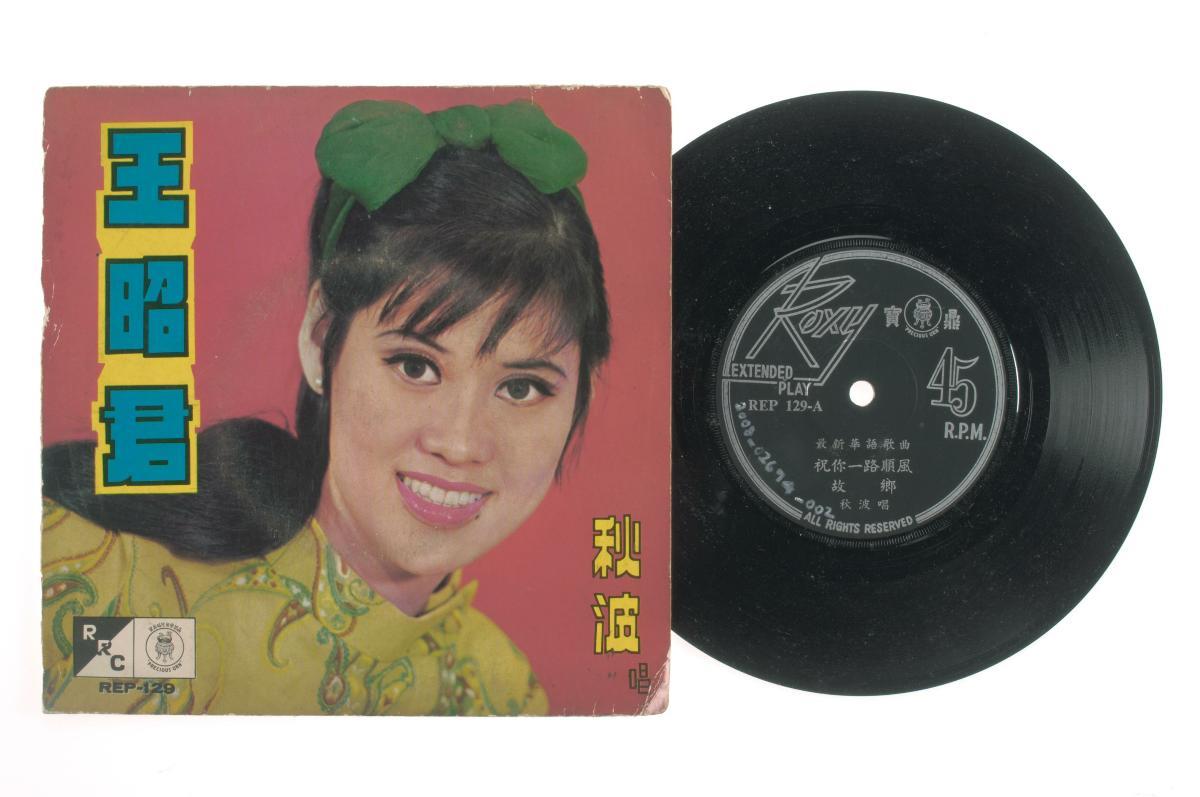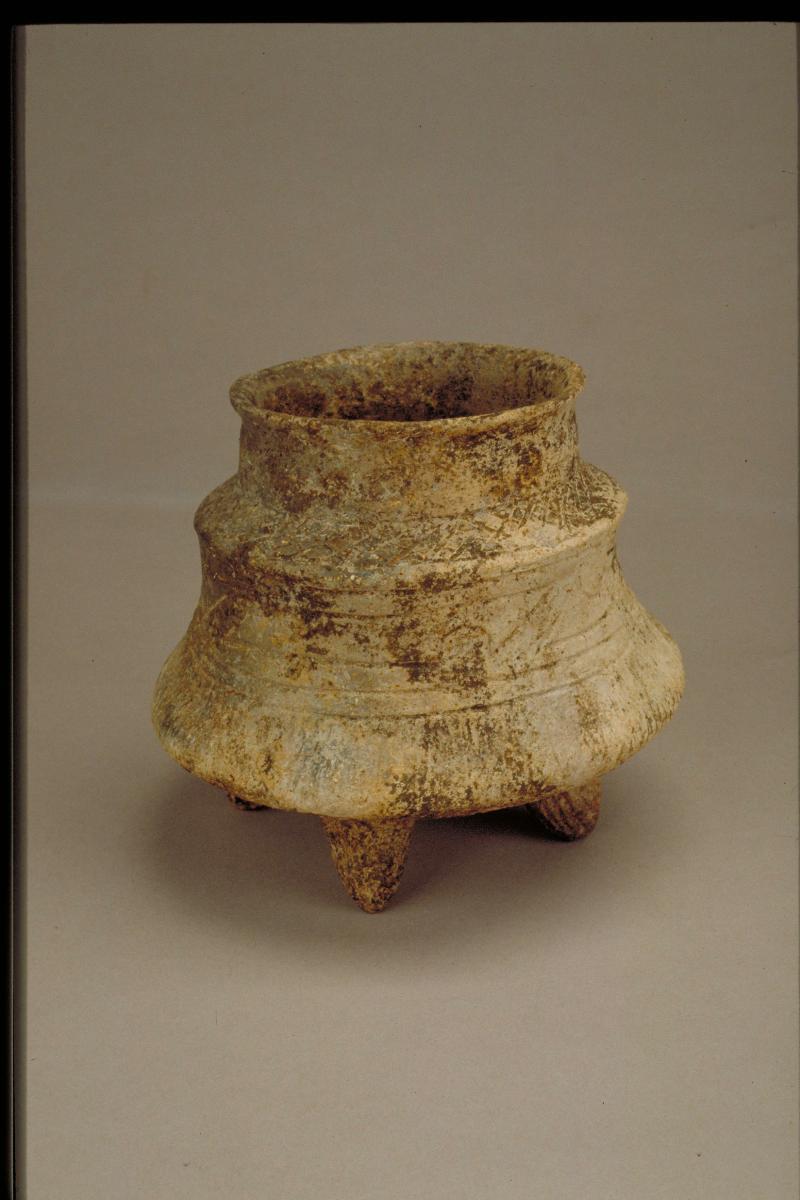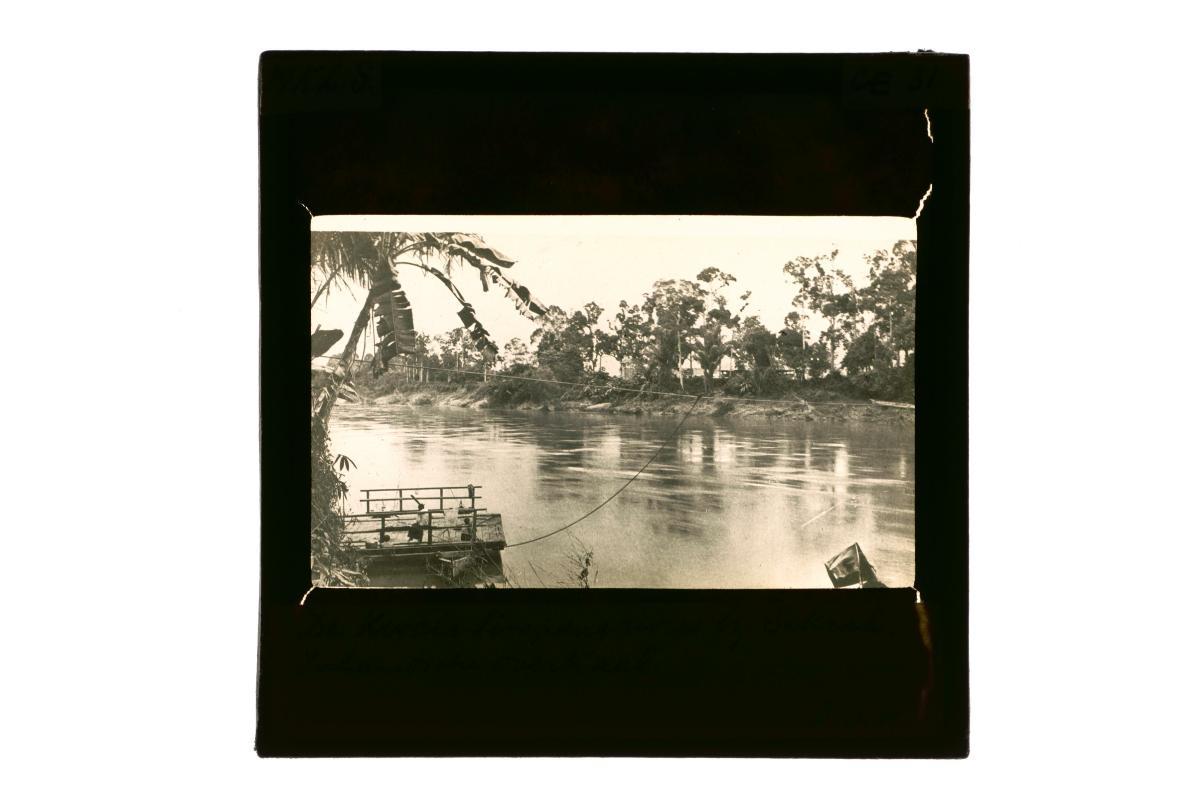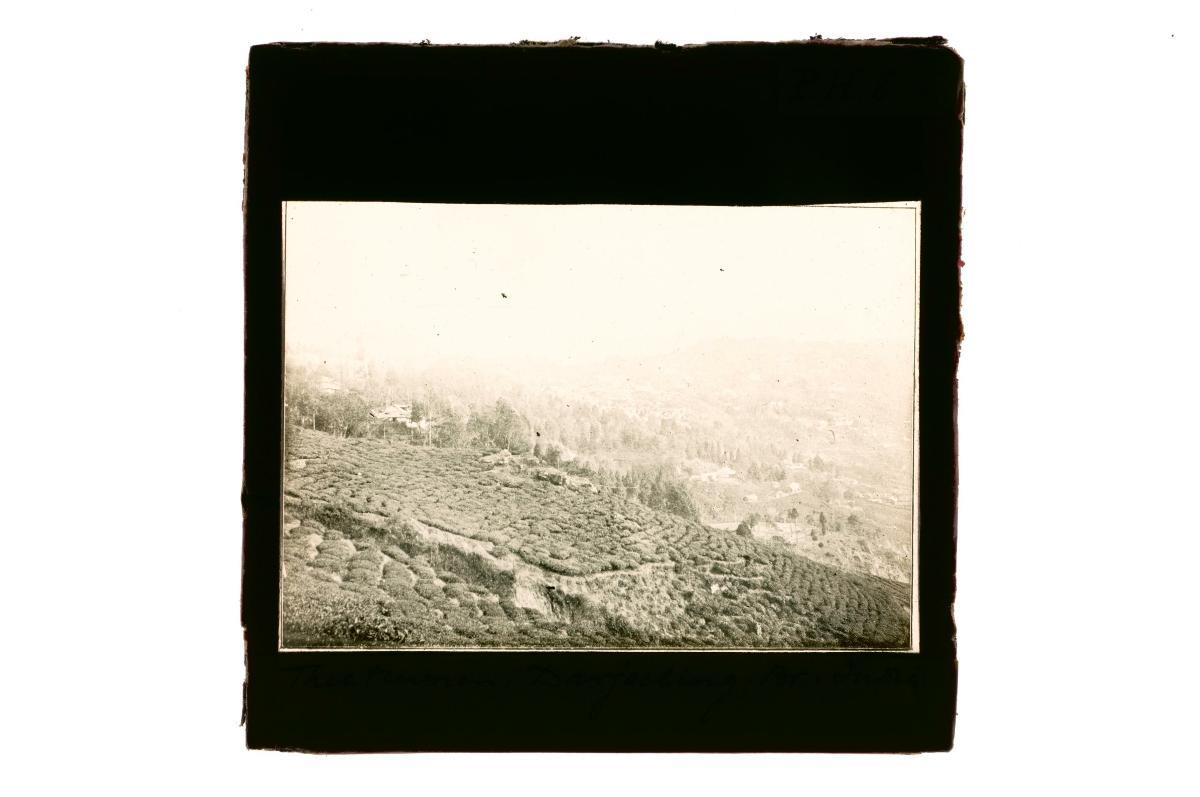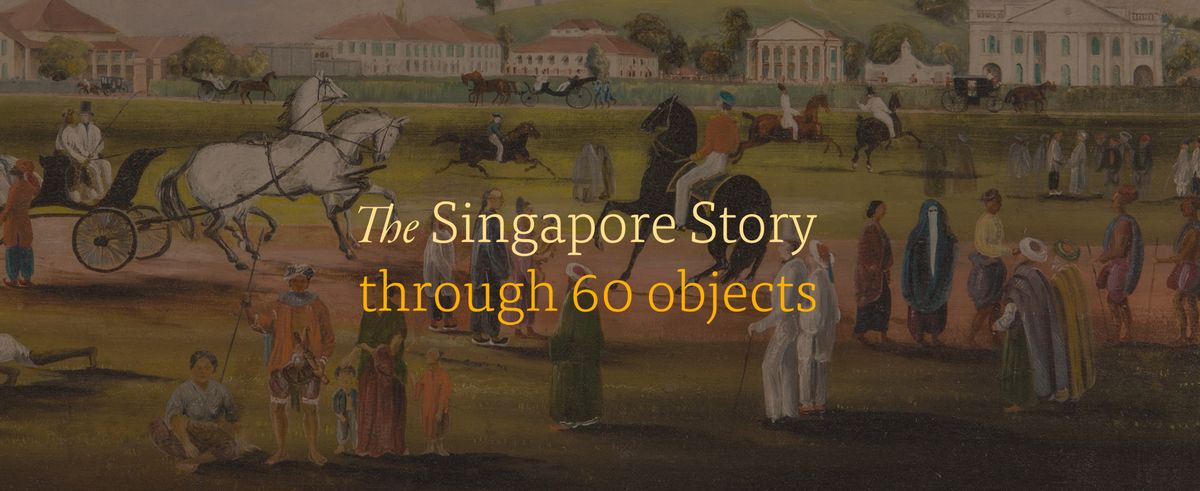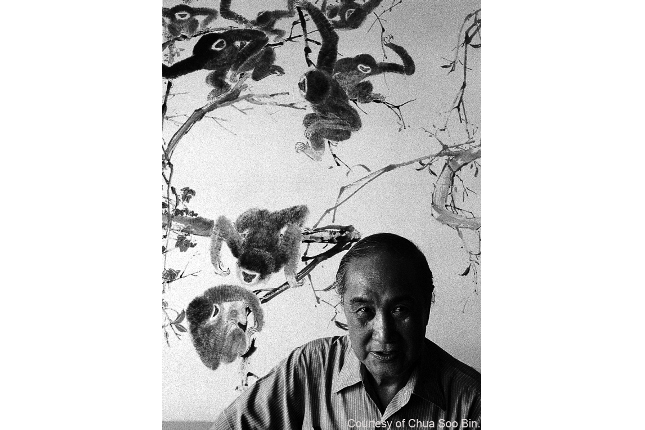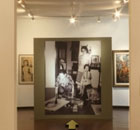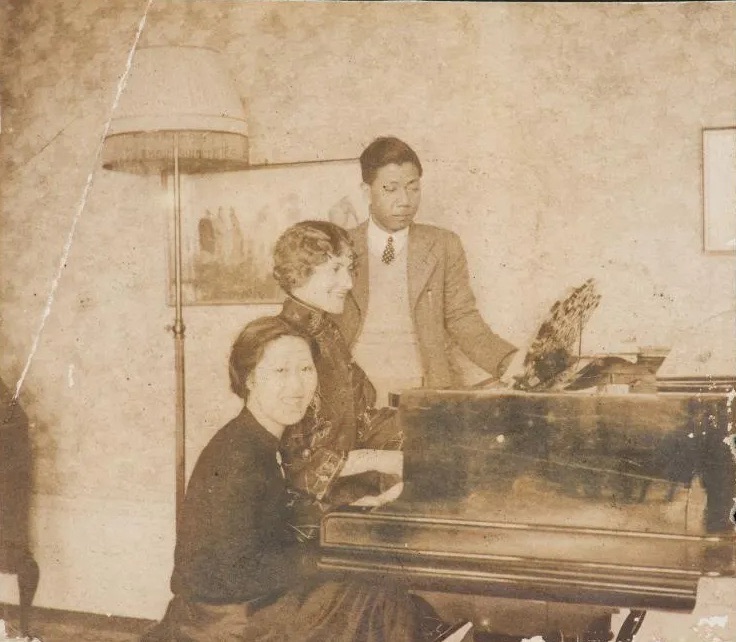This model armchair is ‘mingqi’ or burial ware that would have been part of a group of tomb furnishings. It is denoted with green lead glaze. Incised cross-hatching on the seat suggests soft upholstery. Many actual models of chairs have survived from Ming times. The design of this chair originated in the Song period (960-1279) when the horseshoe-back rail was added to the folding stool. It was usually used by the aristocracy as the honoured seat in the centre of the public room.The custom of making ‘mingqi’ or burial wares was an ancient practice. It is thought that these wares were necessary for the deceased in the next world. They were also a display of wealth and social status.





